In an earlier post I listed my favorite insect images of the year taken by other photographers. Now it's my turn. Here is the best of my own work over the last 12 months.
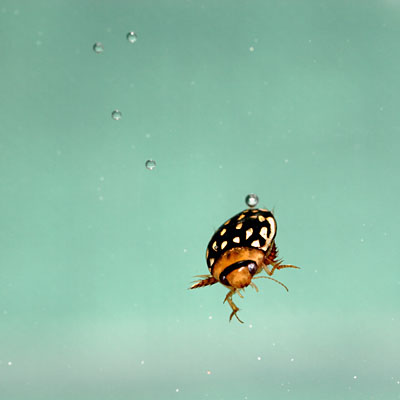
Laccophilus pictus, Arizona

Dinoponera australis, Argentina
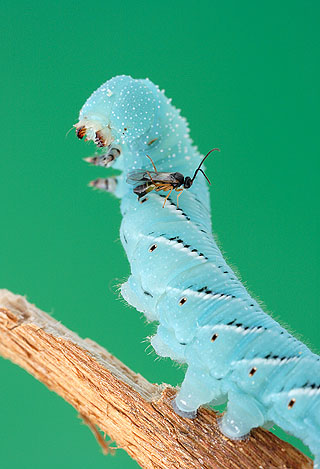
Parasitic Cotesia wasp attacks a Manduca larva

Polyrhachis schlueteri, South Africa

Crematogaster tricolor, South Africa
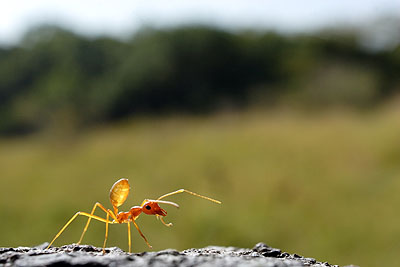
Weaver Ant (Oecophylla longinoda), South Africa
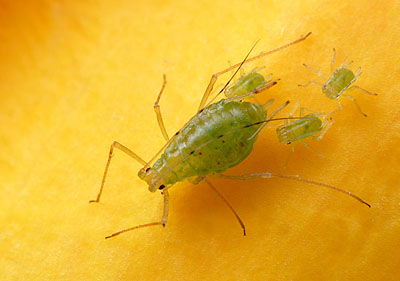
Rose Aphids (Macrosiphum rosae), Arizona
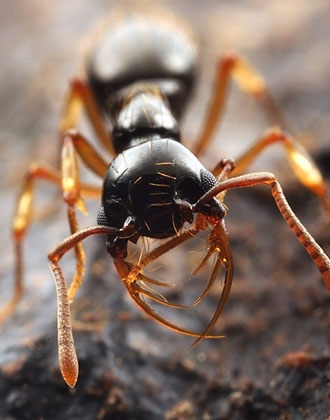
Thaumatomyrmex atrox, Venezuela
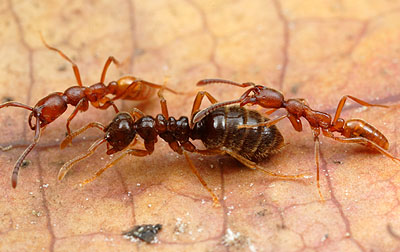
Simopelta queen and workers, Venezuela

Pheidole obtusospinosa, Arizona
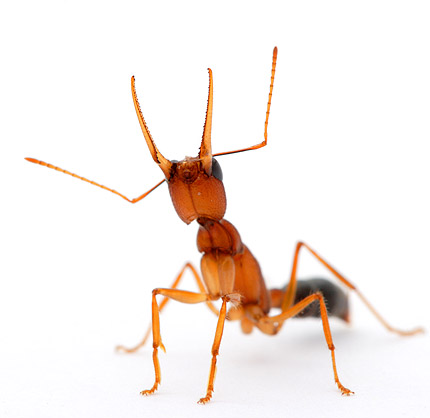
Harpegnathos saltator, India

Great stuff! Looking forward to the beginning of next year's work. My five year old daughter loves looking through the photos as well; you never know where that could lead.
I think my favorite is Thaumatomyrmex atrox - those jaws are so deliciously horrid!
regards -- ted
Thanks Geoff!
Ted- You've chosen the ant with mandibles most like those of tiger beetles. Coincidence?
Wonderful, Alex! Congratulations for another year of amazing photos! Hope you keep providing us with your excellent contributions in myrmecology and nature photography.
All the best,
Rodrigo
f'ing awesome
Really great work !
Congratulations !
Sweet! Great shots (of course!)
Fantastic! I am sure there were some other 100's that could have been here too.
Vivement 2009!
Benoit
1 and 7 = bestivus for the restivus.
p.s. 7 is so much more bestivus
Great images Alex. Hard to pick a favorite.
Alex
You have set a very high standard but of all the images I have seen from you there is only one that images that has it all it called Lonely it just has very thing and I am surprise that it is not among your finest.
Fantastic work Alex! Someday when I get rich, I'm going to buy some prints for my home office. But for now while I'm dirt poor, I'll just enjoy your blog for free (sorry!).
Alex, this was a good idea. Here is my version.
So cool! I can't pick a favorite!
Best Wishes - Jesse